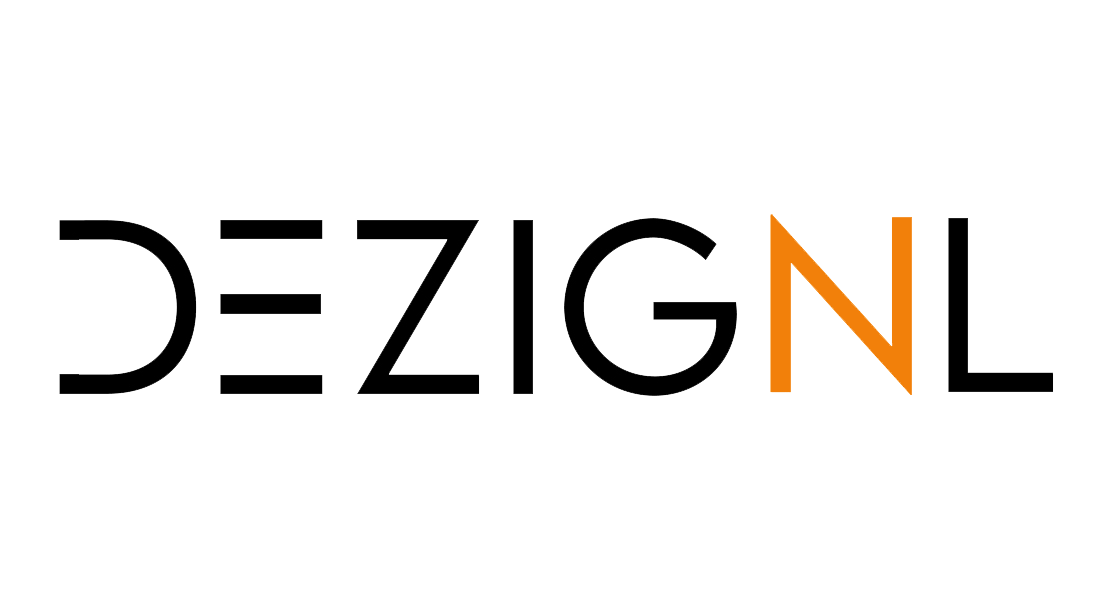Benefits of BIM
In today’s rapidly evolving construction industry, technological advancements continue to revolutionize the way buildings are designed, constructed, and managed. Among these innovations, Building Information Modeling (BIM) stands out as a game-changer, offering a wide array of benefits that enhance efficiency, collaboration, and sustainability throughout the entire building lifecycle. In this blog post, we’ll delve into the transformative power of BIM and explore the myriad advantages it brings to the table.
- Enhanced Collaboration: One of the key benefits of BIM is its ability to facilitate seamless collaboration among architects, engineers, contractors, and other stakeholders involved in the construction process. By centralizing project data and providing a shared platform for communication and coordination, BIM fosters greater transparency, reduces errors, and ensures alignment of project objectives.
- Improved Design Accuracy: BIM enables architects and designers to create highly accurate 3D models that incorporate detailed information about building components, materials, and systems. This level of precision not only enhances visualization and design clarity but also minimizes errors and conflicts during the planning and design phase, ultimately leading to better outcomes and cost savings.
- Optimized Construction Planning: With BIM, construction planning becomes more efficient and streamlined. By simulating construction sequences, identifying potential clashes, and optimizing logistics, BIM helps contractors improve project scheduling, resource allocation, and site management, leading to faster delivery times and reduced costs.
- Lifecycle Management: Beyond the construction phase, BIM continues to deliver value throughout the entire lifecycle of a building. By capturing and organizing comprehensive data about building components and systems, BIM facilitates better facility management, maintenance planning, and asset tracking, ultimately extending the lifespan of the building and maximizing its value.
- Sustainability and Energy Efficiency: BIM supports sustainable design practices by enabling architects and engineers to analyze environmental performance, energy consumption, and lifecycle impacts early in the design process. By optimizing building performance and identifying opportunities for energy efficiency improvements, BIM helps reduce environmental footprint and operational costs over time.
- Risk Mitigation: BIM’s ability to detect clashes, errors, and discrepancies early in the project lifecycle helps mitigate risks and prevent costly rework downstream. By conducting clash detection analyses and performing virtual walkthroughs, BIM enables teams to identify and address potential issues proactively, minimizing delays and disruptions during construction.
- Regulatory Compliance: BIM facilitates compliance with regulatory requirements and building codes by providing accurate documentation and data management capabilities. By generating detailed reports, schedules, and documentation automatically, BIM helps ensure that projects meet regulatory standards and obtain necessary approvals more efficiently.
In conclusion, Building Information Modeling (BIM) is a powerful tool that offers numerous benefits across the entire building lifecycle, from design and construction to operation and maintenance. By fostering collaboration, improving design accuracy, optimizing construction planning, and supporting sustainability initiatives, BIM has become indispensable for modern construction projects seeking to achieve efficiency, innovation, and excellence.
As the construction industry continues to evolve, embracing BIM is essential for staying competitive, delivering superior outcomes, and driving positive change in the built environment.
